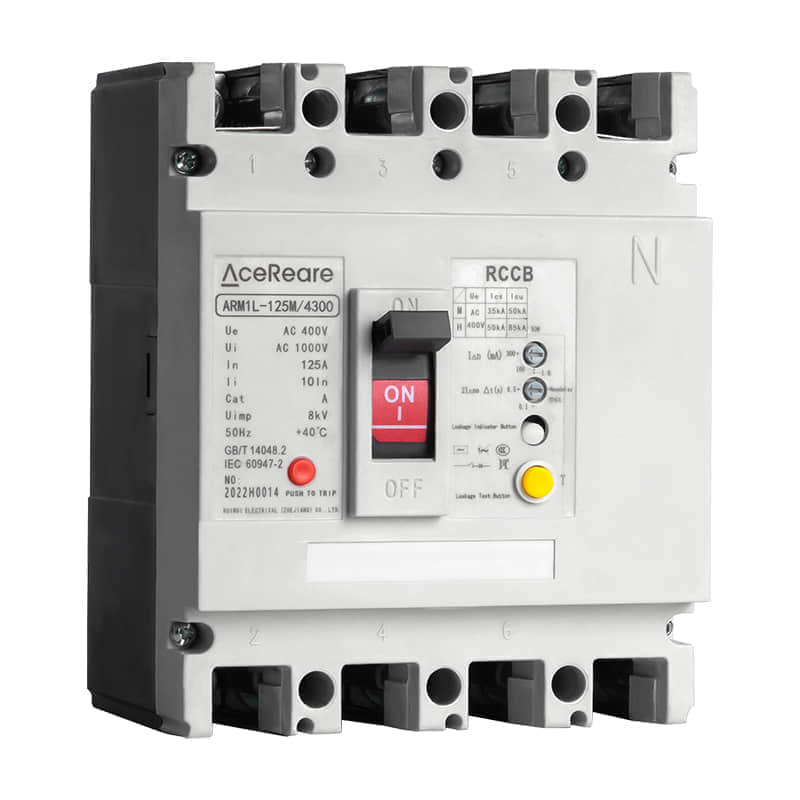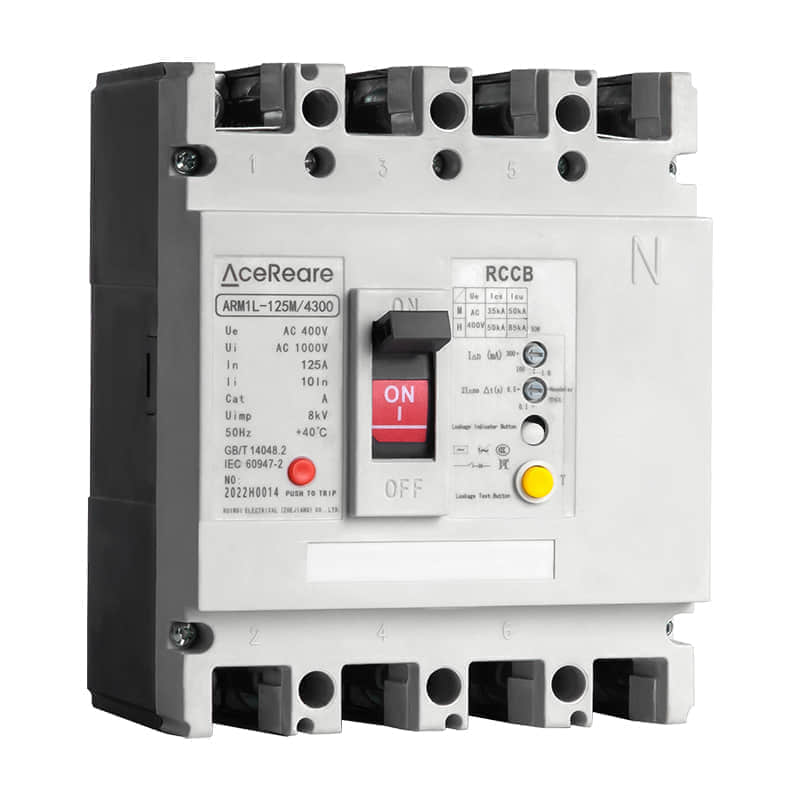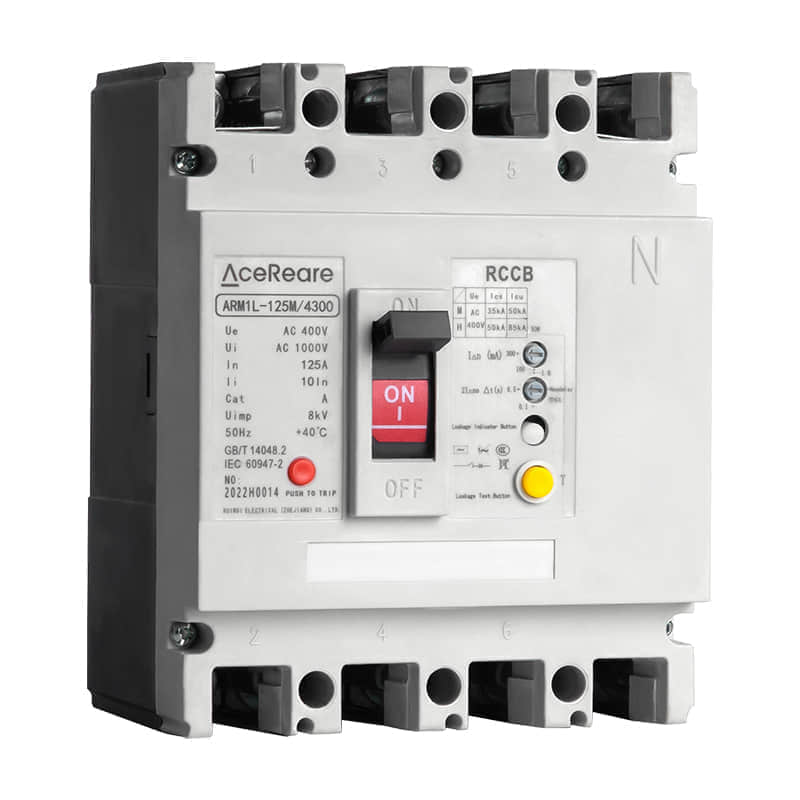Residual Current Circuit Breakers (RCCBs) are crucial components in electrical systems, playing a pivotal role in safeguarding lives and property. In this article, we will delve into the world of RCCBs, exploring their functions, types, and the importance of their installation in various settings.

Understanding RCCBs

RCCBs, often referred to as residual current devices (RCDs), are electrical devices designed to monitor and protect against electrical faults that could potentially result in fatal electric shocks or fires. They operate by constantly measuring the current flowing through the live and neutral conductors of an electrical circuit. Any discrepancy in the current, such as a leakage due to a fault, indicates an electrical hazard. The RCCB promptly disconnects the circuit to prevent harm. Types of RCCBs There are two main types of RCCBs: Fixed RCCBs:These are installed permanently in the electrical distribution board and provide protection for all circuits downstream. They are commonly used in residential and commercial settings to protect entire circuits. Portable RCCBs:Also known as plug-in or socket RCCBs, these devices can be plugged into electrical outlets and provide localized protection. They are particularly useful for appliances or equipment that require an extra layer of safety, such as power tools in construction sites or outdoor electrical outlets. How RCCBs Save Lives The primary function of an RCCB is to prevent electric shocks, fires, and other electrical accidents. Here’s how they accomplish this: Detecting Current Imbalance:RCCBs continuously monitor the current flowing through a circuit. If there is an imbalance between the live and neutral currents, it indicates a fault, such as a leakage through a person or damaged insulation. Swift Disconnection:Once a fault is detected, the RCCB acts quickly to disconnect the power supply, often within a fraction of a second. This rapid response time is crucial in preventing harm. Protection Against Ground Faults:RCCBs are particularly effective in detecting ground faults, where electrical current flows through unintended paths, such as water or a person. This makes them invaluable in wet environments like bathrooms and kitchens. Where to Install RCCBs RCCBs should be strategically placed in various settings to maximize their effectiveness: Residential Buildings:In homes, RCCBs should be installed in the main distribution board to protect all household circuits. Additionally, they can be used in specific areas with higher risk, like bathrooms and kitchens. Commercial and Industrial Settings:Offices, factories, and industrial facilities benefit from RCCBs installed at distribution boards, ensuring safety throughout the premises. Construction Sites:Portable RCCBs are indispensable on construction sites where electrical equipment is constantly moved and plugged into various outlets. Outdoor Applications:Any outdoor electrical outlets, such as those used for garden tools or holiday lighting, should have RCCBs for added safety. Regular Testing and Maintenance To ensure RCCBs continue to function correctly, they require periodic testing and maintenance. Routine testing involves pressing the “Test” button on the device, which should cause it to trip and disconnect the power. If the RCCB fails this test, it should be replaced immediately. In conclusion, RCCBs are unsung heroes in the realm of electrical safety, providing invaluable protection against electric shocks and fires. Their installation and proper maintenance are essential in homes, businesses, and industrial settings. By embracing RCCBs, we take significant steps towards a safer and more secure electrical environment for all.
